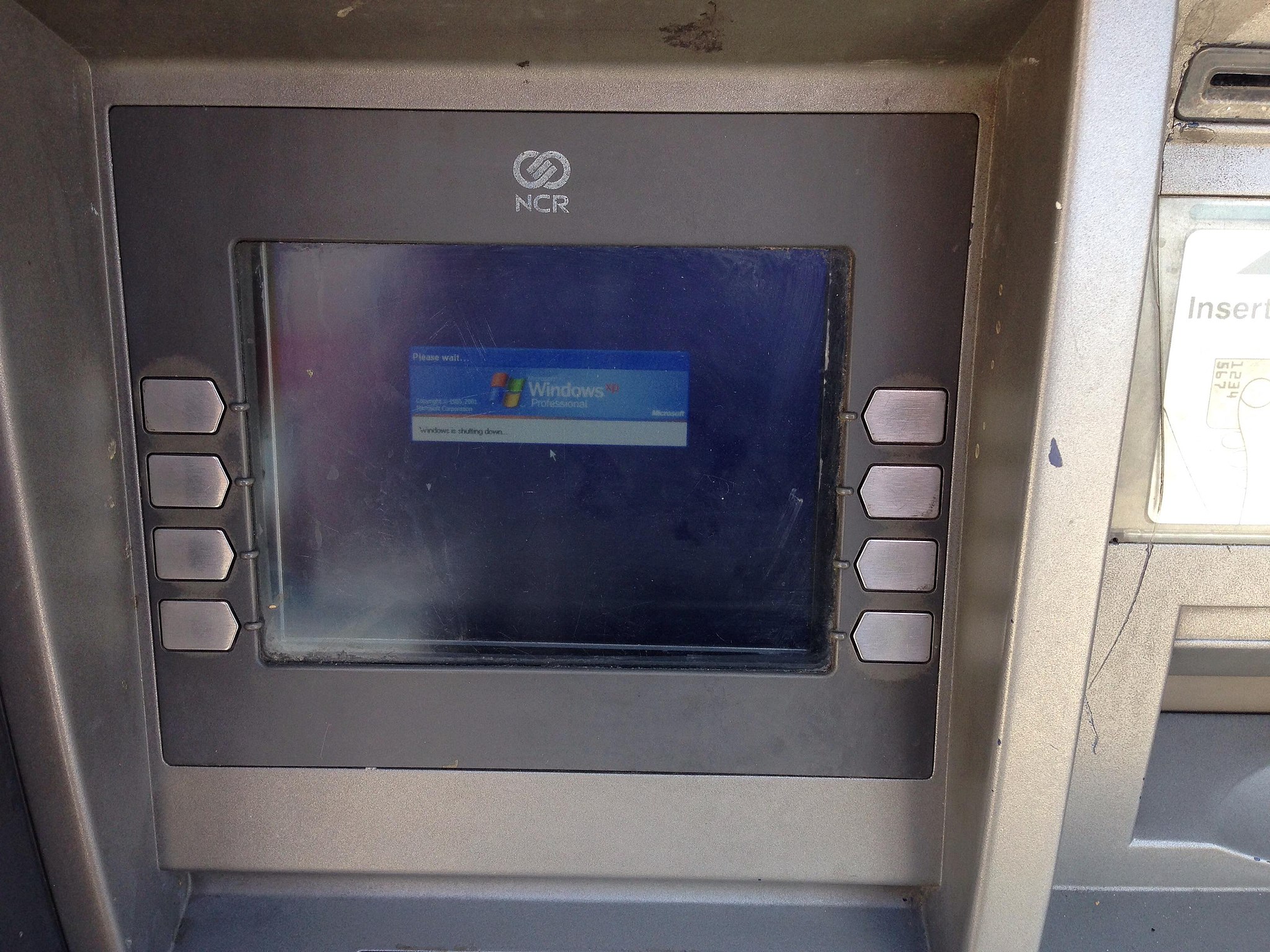Introduction

A legacy system is an old method, technology, computer system, or software application that is still in use by an organization. It could also imply that the system is out of date or needs to be replaced. The term “legacy” was probably first used to describe computer systems in the 1970s.
Backward compatibility is a goal that many software developers strive for. A legacy system may contain procedures or terminology that are no longer applicable in the current context, or it may make use of obsolete technology standards.
Even if it is no longer in use, a system’s historical role may continue to have an impact on the organization. It is possible that it will have a significant impact on business intelligence and operational reporting. If it continues to functions properly, and the owner sees no reason to change it the system may remain installed. Because the system is large, monolithic, and/or complex, the costs of redesigning or replacing can become prohibitively expensive.
If it is a previous or outdated system that still provides for the users’ needs legacy systems can be difficult to replace. Other reasons by legacy systems/software may be retained include the following:
- The old system uses a proprietary file type of database that cannot easily be migrated to newer software
- The original developer left the organization and the technology in place isn’t documented or understood
- Retraining on a new system could be costly in lost time and money, compared to retaining the existing system
- The older software may have features not available on newer systems
- The system may make use of proprietary obsolete hardware that performs a specific task that is no longer available for purchase.
Issues presented by legacy systems

(Example of an old bank ATM running the now defunct Windows XP from Microsoft)
Retaining older unsupported systems can pose a host of issues within a company such as the following:
- Security risks: Older software and Operating Systems that no longer receive updates or patches from their vendor can become vulnerable from a security perspective and pose a security risk to the organization especially if the given system is public facing or has connection to the internet.
- Out-Of-Date hardware: If legacy software is only supported by obsolete hardware, the cost of maintaining the system may eventually outweigh the cost of replacing both the software and the hardware, unless some form of emulation or backwards compatibility allows the software to run on new hardware.
- Integration: Integration with newer systems may also be difficult due to the fact that new software may use entirely different technologies. Integration across technologies is fairly common in computing, but integration between newer and significantly older technologies is uncommon. It’s possible that there won’t be enough demand for integration technology to be developed or the previous vendor is no longer in business.
- Maintainability: These systems can be hard to maintain, improve, and expand because there is a general lack of understanding of the system. This can be worsened by lack or loss of documentation. Comair airline fired its CEO in 2004 due to the failure of an antiquated crew scheduling system.
Example of a legacy system (from NASA)
If an organization has capabilities for verification, validation, testing, and operational history, legacy systems are appealing for reuse. NASA’s now-retired Space Shuttle Program relied heavily on technology from the 1970s. Replacement was prohibitively expensive due to the expensive requirements of flight certification.
Even before the Shuttle was scheduled to be retired in 2010, NASA determined that it was more cost effective to continue using many pieces of 1970s technology rather than upgrade those systems and re-certify the new components.
Because the specifications remained unchanged, all of the certified systems and components performed as required in their intended roles. The Space Shuttle system as a whole, including ground and launch vehicle assets, were designed to work together in a closed system.
See this research paper which dives into the use of legacy systems in space: https://www.researchgate.net/publication/310478449_Heritage_Technologies_in_Space_Programs_-_Assessment_Methodology_and_Statistical_Analysis
Especially in large enterprise it is common for legacy software to be kept offline and retained in backups in the event data is required for historical purposes.
This practice enables the data to be accessed if needed but not have it drain constant resources or open up potential security risks to the corporate network.
Some other examples of legacy systems may include:
- Old accounting software
- Old databases or CRM’s containing customer records, purchases or other data
- Older storage mediums such as floppy disks, tape drives and compact flash
Conclusion
We hope you found this page to be helpful and answer your questions. If so be sure to share it with anyone you think would find it interesting and follow us on our social profiles to get new content we share in your feed.
Also be sure to check out our blog, software, online tools , videos and business services to find out more about our solutions.
Other links from our tech glossary:
Infrastructure As A Service (IaaS)
Bibliography:
(2002). Legacy system [Online]. Wikipedia. Available at: en.wikipedia.org/wiki/Legacy_system (Accessed: 1 June 2021).
Hein, Andreas M.. (2016). Heritage Technologies in Space Programs – Assessment Methodology and Statistical Analysis.
BrayLockBoy, CC BY-SA 4.0, via Wikimedia Commons
![logo-new-23[1] logo-new-23[1]](https://agrtech.com.au/wp-content/uploads/elementor/thumbs/logo-new-231-qad2sqbr9f0wlvza81xod18hkirbk9apc0elfhpco4.png)